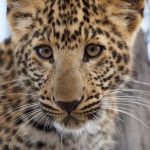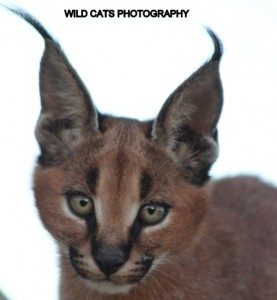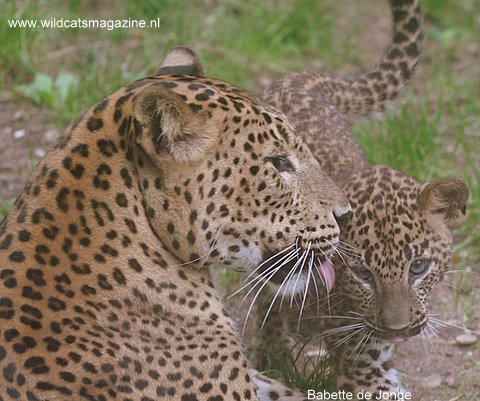
The leopard is the smallest of the four “big cats” in the genus Panthera; the other three are the tiger, lion and jaguar. Once distributed across southern Asia and Africa, from Korea to South Africa, the leopard’s range of distribution has decreased radically over time due to hunting and loss of habitat, and the leopard now chiefly occurs in sub-Saharan Africa. There are fragmented populations in Pakistan, India, Indochina, Malaysia, and China. Due to the loss of range and continual declines in population, the cat has been downgraded in Asiatic countries to “Vulnerable” species, also in Africa the situation of the leopard is getting more and more threatened, as they are being killed by farmers (conflicts over livestock), poachers, (trophee) hunters and often deadly injured in road accidents, snares, wires. This is why we, in Wild Cats World, now have started a huge leopard conservation project in South Africa.
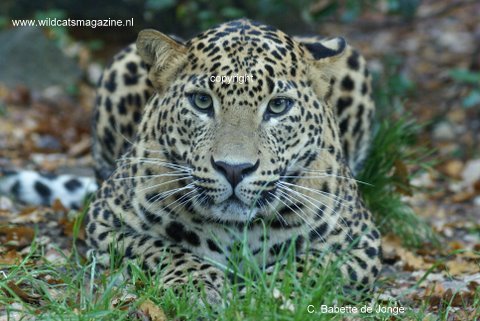
The leopard has relatively short legs and a long body, with a large skull. Physically, it most closely resembles the jaguar, although it is usually smaller and of slighter build. Its fur is marked with rosettes which lack internal spots, unlike those of the jaguar. Leopards that are melanistic, either completely black or very dark in coloration, are one of the big cats known colloquially as black panthers. This isn’t a different species.
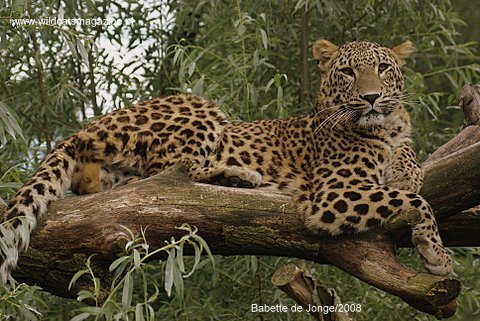
The leopard’s success in the wild owes in part to its opportunistic hunting behaviour, its adaptability to a variety of habitats and its ability to move at up to approximately 60 kilometres (37 miles) an hour. The leopard consumes virtually any animal it can hunt down and catch. Its preferred habitat ranges from rainforest to desert terrains. Its ecological role and status resembles that of the similarly-sized cougar in the U.S.A.
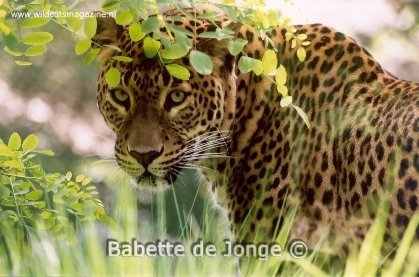
The leopard is an agile and stealthy predator. Although smaller than the other members of the Panthera genus, the leopard is still able to take large prey given a massive skull that well utilizes powerful jaw muscles. The larger-bodied populations of leopard (such as the Javan leopard and the leopards from the forested mountains and tropical rainforests of Africa) are generally found in areas isolated from competing large predators, especially from dominant big cats like lions and tigers.
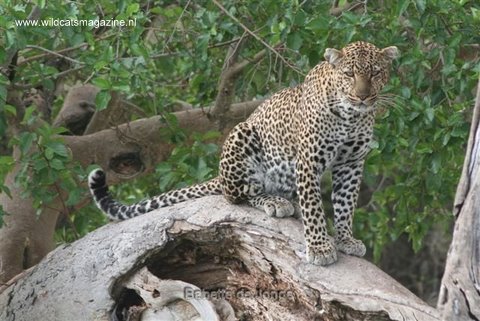
One of many spotted cats, a leopard may be mistaken for a cheetah or a jaguar. The leopard has rosettes rather than cheetah’s simple spots, but they lack internal spots, unlike the jaguar. The leopard is larger and less lanky than the cheetah but smaller than the jaguar. The leopard’s black, irregular rosettes serve as camouflage. They are circular in East Africa but tend to be square- shaped in southern Africa.
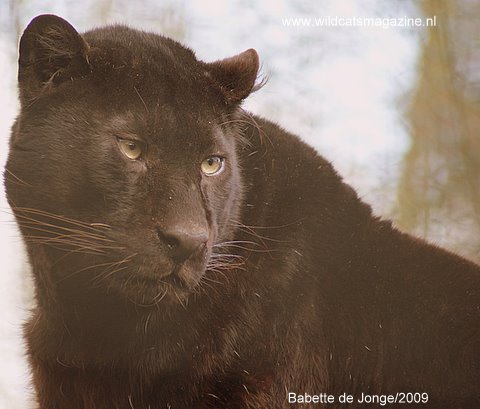
The leopard is known for its ability in climbing, and it has been observed resting on tree branches during the day and descending from trees headfirst. It is a powerful swimmer, although, not as strong as some other big cats, such as the tiger. The leopard is also very agile, and can run over sixty kilometers an hour, leap over six metres and jump up to three metres vertically.The leopard is primarily a nocturnal creature, and many of its operations are done by night. However, there have been recorded instances of leopards hunting during the light, especially when the sky is overcast. It spends much of its day resting and sleeping, up in the branches of trees, underneath rocks or in the grass.

As many as 27 leopard subspecies were once suggested by researchers, though later researchers note the number might be an underestimation because of limited sampling of African leopards.
- Indo-Chinese Leopard (P. pardus delacouri) in Mainland Southeast Asia
- India leopard (P. pardus fusca) in India, southeastern Nepal, and northern Bangladesh.
- North Chinese leopard (P. pardus japonensis) in China.
- Sri Lankan leopard (P. pardus kotiya) in Sri Lanka.
- Javan leopard (P. pardus melas) in Java.
- Amur leopard (P. pardus orientalis) in the Russian Far East, northern China, and Korea. See description below.
- African leopard (P. pardus pardus) in Africa.
- Persian leopard or Iranian leopard (P. pardus saxicolor) in Southwest Asia.
- Arabian leopard (P. pardus nimr) in Arabian Peninsula.
- Zanzibar leopard (Panthera pardus adersi) endemic to Unguja Island in the Zanzibar archipelago.
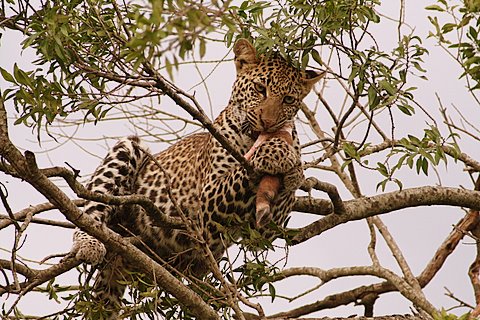
The leopard is solitary and, aside from mating, interactions between individuals appear to be infrequent. Aggressive encounters have been observed, however. Two of five males studied over a period of a year at a game reserve in South Africa died, both violently. One was initially wounded in a malemale territorial battle over a carcass; taken in by researchers, it was released after a successful convalescence only to be killed by a different male a few months later. A second was killed by another predator, possibly a spotted hyena. A third of the five was badly wounded in intraspecific fighting, but recovered.
A male may follow a female who catches his attention. Eventually, a fight for reproductive rights may take place. Depending on the region, leopards may mate all year round (Asia and Africa) or seasonally during January to February (Manchuria and Siberia). The estrous cycle lasts about 46 days and the female usually is in heat for 67 days. Gestation lasts for 90-105 days. Cubs are usually born in a litter of 24, but infant mortality is high and usually no more than 12 cubs survive beyond their infancy.
The pregnant females find a cave, crevice among boulders, hollow tree, or thicket to give birth and make a den. Cubs open their eyes after a period of 10 days. The fur of the young tends to be longer and thicker than that of adults. Their pelage is also more gray in color with less defined spots. Around three months the infants begin to follow the mother out on hunts. At one year of age leopard young can probably fend for themselves but they remain with the mother for 1824 months.\
Amurleopard (Panthera pardus orientalis)
Status: Critically Endangered, less than 50 left in the wild
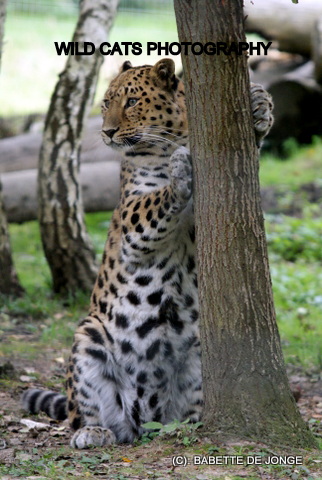
Description: The Amur leopard is adapted to the cool climate by having thick fur which grows up to 7.5 cm long in winter. For camouflage in the snow their coat is paler than other leopard subspecies. The Amur leopard’s rosettes are widely spaced and larger than those seen on other leopards. Their tongue has tiny rasps or hooks, called denticles, which are used to scrape the meat off of the bones of their prey.
Weight: Males generally weigh 32-48 kg, but can weigh up to 75 kg.
Females are smaller than the males at 25-43 kg.
Breeding: Females first breed at an age of 3-4 years. After a gestation period of around 12 weeks, cubs are born in litters of 1-4 individuals, with an average litter size of just over 2. The cubs stay with their mother for up to two years before becoming fully independent. Amur leopards in zoos show some evidence of breeding seasonality with a peak in births in late spring/early summer.
Longevity: In the wild, leopards live for 10-15 years and they may reach 20 years in captivity.

